Garden Pros Share the Best Time to Plant Tomatoes — It’s Sooner Than You Might Think
Whether you begin with seeds or seedlings, these simple strategies ensure a bountiful harvest!
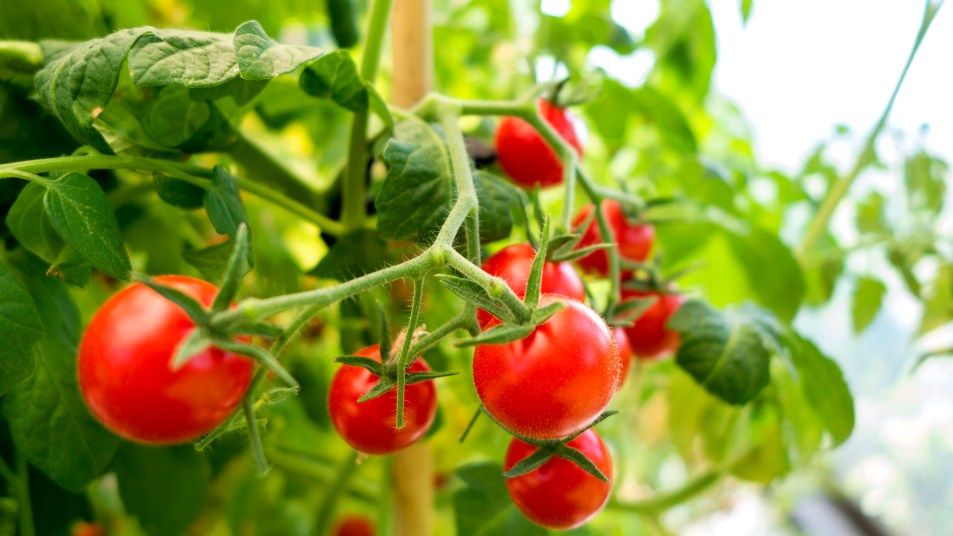
It’s such a rewarding feeling to pick and enjoy a fresh tomato from your own garden. Seeing tomato plants grow from tiny seeds or seedlings into the juicy gems is a delight for novice and experienced gardeners alike. But if you’re newer to gardening, you might be questioning when to plant tomatoes. The answer? Sooner than you may think! We asked gardening pros when to plant tomatoes and how to care for them so you can enjoy a bountiful harvest this summer.
How to choose a tomato variety
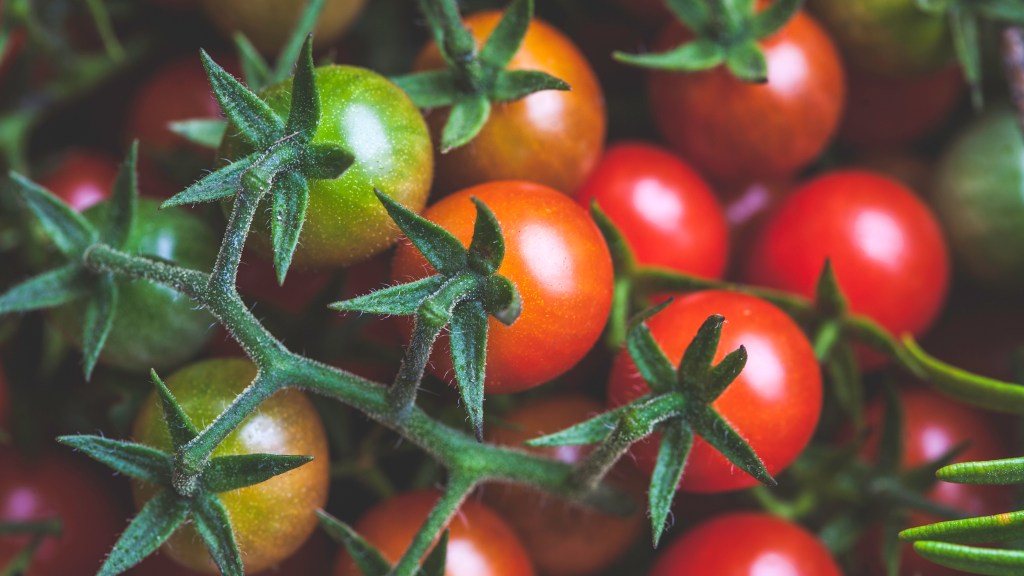
With thousands of tomato varieties to choose from, it’s tough to know which kinds to grow in your garden. For the healthiest plants, Jessica Robinson, founder of A Farmgirl’s Kitchen, suggests looking for disease-resistant tomato varieties (like Better Boy, Roma, Sun Gold and Supersweet 100).
You can also choose your tomatoes based on how you’ll use them, the experts at NC State’s College of Agriculture and Life Sciences breaks down tomatoes by type into three main categories: Slicing tomatoes, paste tomatoes and cherry tomatoes.
- For burgers and sandwiches, consider slicing tomatoes: These are large, juicy tomatoes that are perfect for cutting into round discs and serving up on burgers or salads, or eating alone with a sprinkle of salt. “Beefsteak, Better Boy and Cherokee Purple are great slicing tomatoes,” says Robinson.
- For sauces and soups, try paste tomatoes: These are fleshy tomatoes with less seeds and juice inside, that beautifully break down when cooked into sauces, soups and more. “Roma tomatoes make delicious tomato sauce,” says Robinson. Other popular varieties include Plum Regal and San Marzano.
- For snacking and salads, opt for cherry tomatoes: These bite-size gems burst with flavor and are perfect for snacking and serving on charcuterie boards, salads and more. They are also known for being very easy to grow. Popular varieties per Homegrown include Black Cherry, Super Sweet 100 and Sungolds.
You can purchase tomato seeds from your local garden center or online. Alternatively, if you’d rather someone else do the work of growing the plants from seed, you can purchase tomato seedlings or “starts,” which are already-sprouted, baby tomato plants.
When to plant tomatoes
Now that you’ve selected which varieties you’d like to grow, it’s time to start thinking about when to plant tomatoes. If you choose to grow your tomatoes from seed, Luay Ghafari, author of Seed to Table and founder of Urban Farm and Kitchen, recommends starting about 6 weeks before you intend to transplant them outside, which should be after the risk of frost has passed in your area. If you start too early, tomato plants can become overgrown or lack the necessary nutrients to thrive, Ghafari says.
“A good rule of thumb is to add 2 weeks to the average last frost date for your area and work backward by 6 weeks to decide when to start your tomato seeds indoors,” he says. For example, if the average last frost date in your area is May 15, select your transplanting date as May 29, which will make your seed starting date April 17. Not sure when the average last frost date is in your area? To determine, check out the NOAA Climate.gov interactive map of the average date of last spring freeze across the United States.
If you choose to grow tomato plants from seedlings or starts, purchase them about 10 to 14 days before you intend to transplant them outside, which should be about 2 weeks after the average last frost date for your area to ensure there’s no risk of frost killing your plants. Skip ahead to the section about transplanting your tomato plants below for the next steps.
How to plant tomato seeds
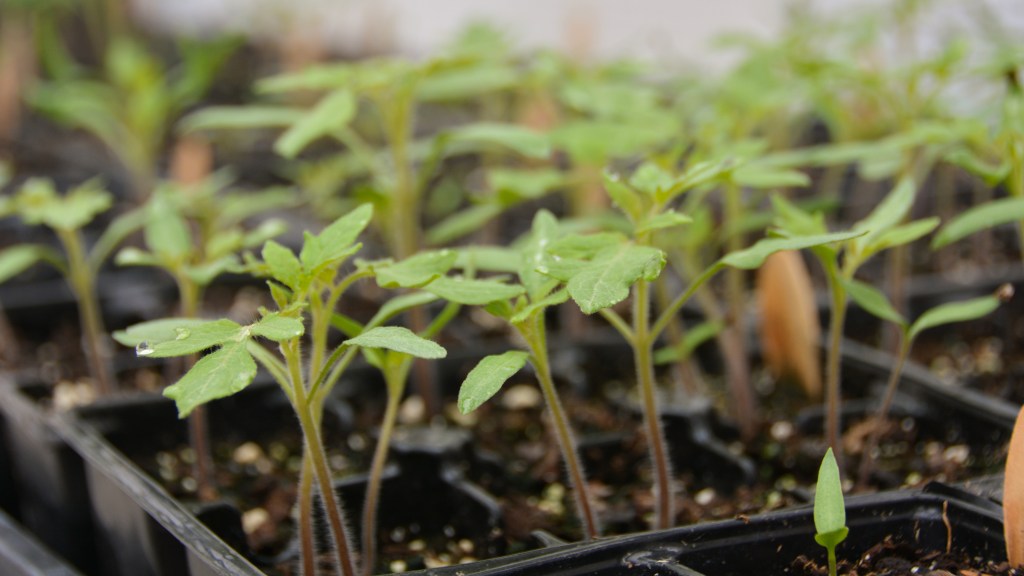
Once you’ve determined it’s the right time to plant your tomato seeds, start by thoroughly moistening a seed-starting potting mix — a sterile, soilless mixture available at plant nurseries or garden centers, explains Robinson. “It is not recommended to use garden soil, as it drains poorly and may harbor disease organisms,” she says.
Next, fill the wells of seed starter trays with the moistened seed-starting potting mix, tapping down to firm the mix, but not compact it, she says. Use your finger or a sharpened pencil to poke a hole in the center of each well, then place one or two tomato seeds into each hole. Cover the seed with a dusting of seed-starting potting mix and gently press your fingers over the seeds, then water to ensure the top layer of the mix is thoroughly moist. Place the trays in a warm spot or on top of a heat mat (available at online garden stores or Amazon).
“At this point, the seeds don’t need light,” says Robinson. “But as soon as you see sprouts, place the trays in a sunny windowsill or under grow lights.” Continue to keep soil evenly moist, but not soaking wet. Check trays daily to see if they need watering. Once your seedlings have developed their first true leaves, you can transplant them into larger pots filled with seed-starting potting mix or regular potting mix. Make sure you water them regularly for outdoor planting, says Sally Allsop, founder of All That Grows.
Prepare plants for transplanting
Before you transplant your young tomato plants from their seed trays or small pots into the ground or larger pots outside, you will need to “harden off” the plants. “This involves gradually exposing them to outdoor conditions so they can properly acclimate to them,” explains Allsop. She recommends starting this process about 10 to 14 days before you plan to transplant the plants outside.
“I find this is best done by putting the plants (still in their seed trays or small pots) outside during the day and popping them back into the greenhouse overnight,” says Allsop. No greenhouse? No problem! Just bring the plants back indoors to a spot that’s room temperature.
How to transplant tomato plants
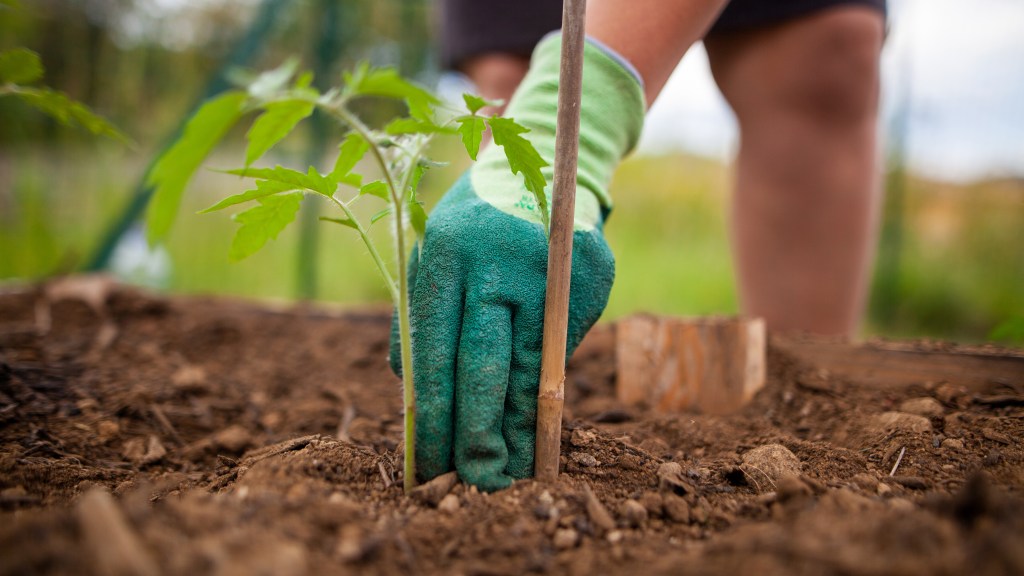
Once plants are hardened off, it is time to transplant them to the garden. First, choose a location that gets full sun, says Gahfari. He suggests amending the soil in the area by mixing it with organic fertilizer, compost and worm castings (all available at garden centers). Once mixed, nestle the roots of tomato plants in the ground, burying some of the stem. “This will help the plant establish,” he says. “Roots will sprout where the stem touches the soil, leading to healthier plants.”
Also, be sure to leave plenty of space in between plants to make it easier for them to grow, while also providing good air circulation. This helps prevent powdery mildew and other diseases, notes Robinson.
Once you put your plants in the soil, support them with stakes, a trellis, a cage, cattle panels or a spiral (all available at plant nurseries or garden centers). “Tomatoes are vining plants and indeterminate types can grow several feet long, so supporting them all season will be necessary,” says Gahfari. For added support, Robinson suggests securing the cages or panels with fencing stakes or rebar, since the plants will become extremely heavy as they grow. This prevents them from blowing over during a summer thunderstorm. It also makes it easier to harvest them and it helps prevent fruit from rotting or developing powdery mildew or parasite problems, she says.
For easy-to-follow steps on creating a variety of tomato plant supports, check out this video from @FamilyPlotGarden on YouTube.
How to care for your tomato plants
Allsop says your tomato plants will be happiest and healthiest if you keep the soil consistently moist, but not waterlogged. “Water deeply and evenly, preferably in the morning, to allow foliage to dry before evening,” she says. Inconsistent watering can lead to cracks or splits in the tomato. Tip: Limit your watering when rain is expected, advises Gahfari. Also smart: Avoid over-fertilizing, which can cause the fruits to grow quickly and develop cracks and splits, says Allsop.
When to harvest tomatoes
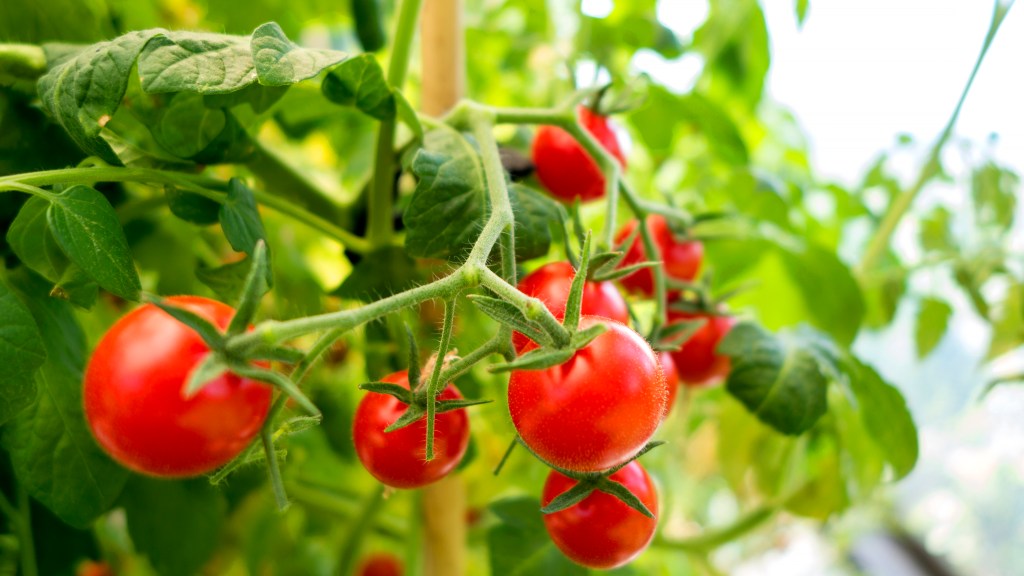
Tomatoes can be harvested when they have reached their “breaker stage,” meaning that at least half of the fruit has started turning color and is still partially green, says Robinson. Simply twist the fruit off the vine or use a pair of garden clippers to cut them off. She suggests using a large strainer or basket to gather the tomatoes as you harvest. Then once you get the gems inside, pull off their stems, wash them under cool water and let dry stem-side-down on a clean, dry kitchen towel or paper towels near a window. They will continue to ripen over the next few days and then they are ready to enjoy on their own or in your favorite recipes!
For more gardening tips, keep reading!
Garden Pros: Attract Butterflies to Your Yard with These Easy-Care Flowers
9 Smart Ways to Keep Squirrels Away From Your Garden, According to Pest Pros
No Need to Toss Your Rusty Garden Tools: Here’s How to Clean Them According to Garden Experts














